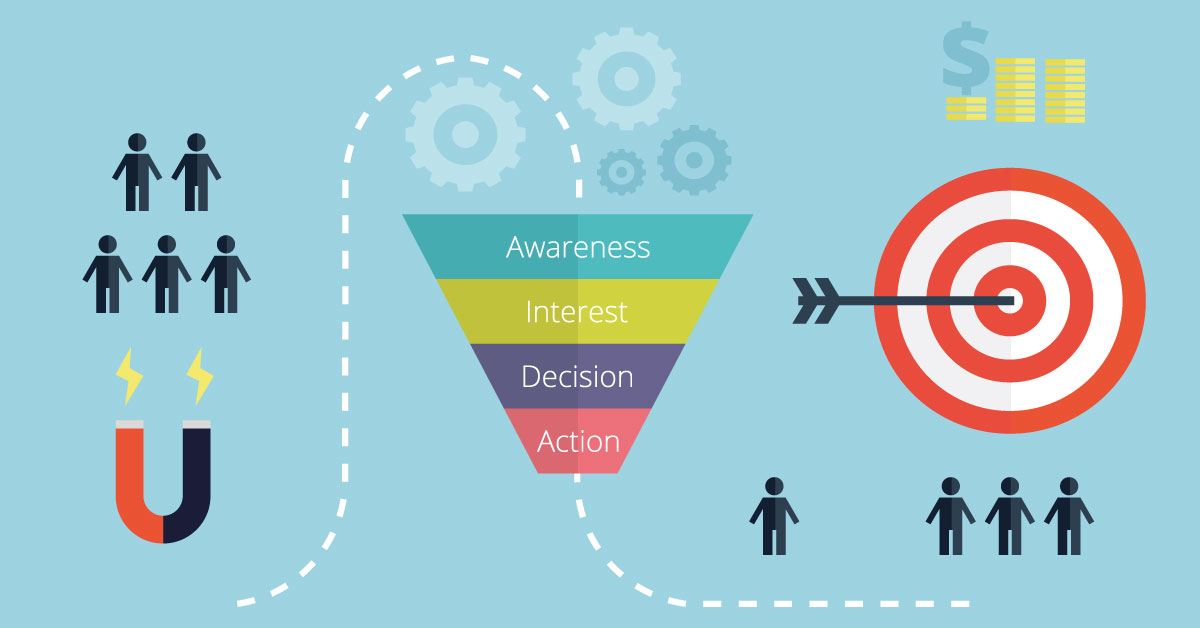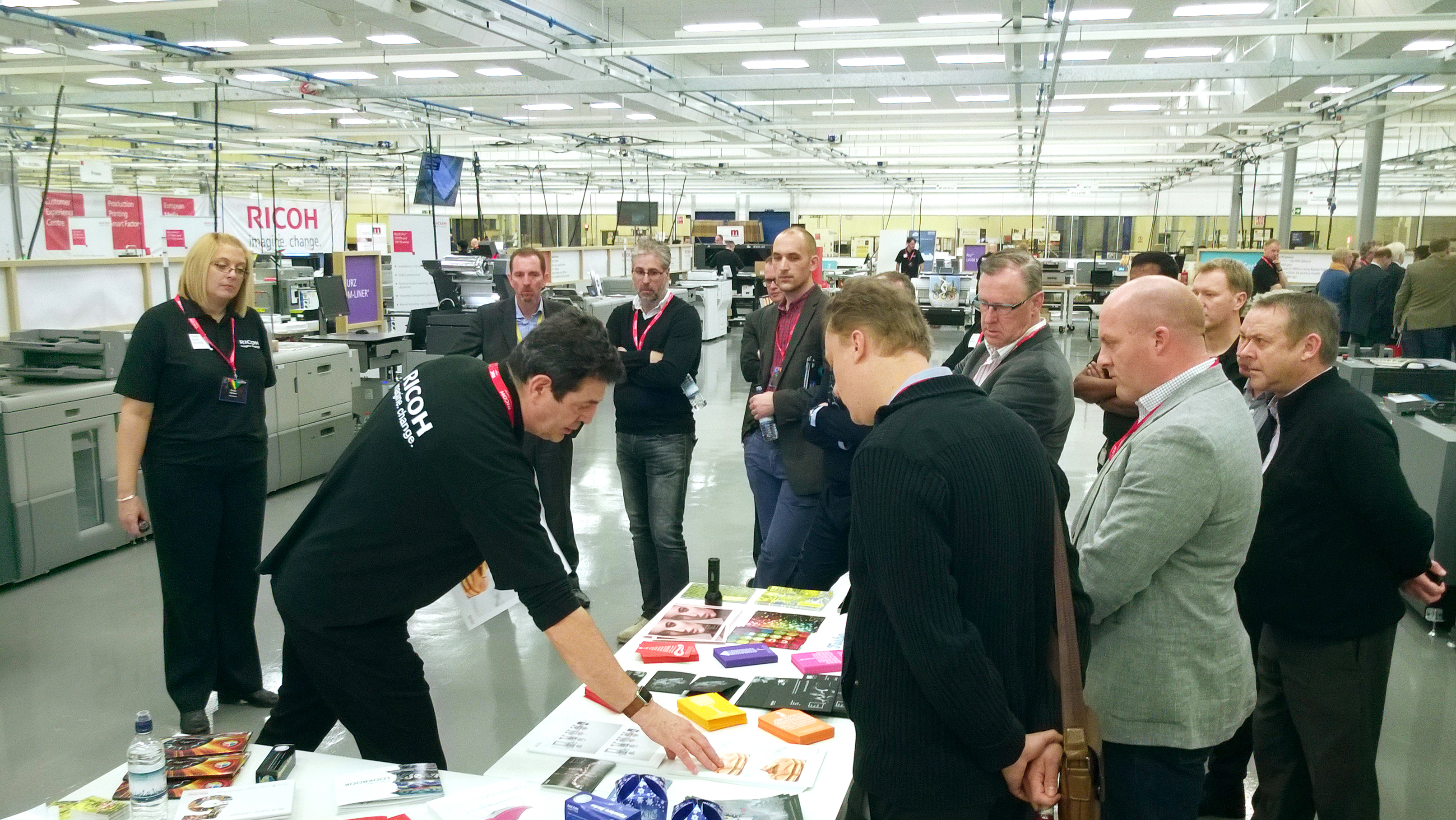A new study from technology specialist Ricoh Europe reveals the scale of missed revenue from poor technology access for European mid-sized businesses (MSBs).
Sidebar
The Results Are In: Paper Remains the Preferred Technology for Productive Learning
Paper and Productive Learning: The Third Annual Back-to-School Report Reveals Surprising Findings among Millennial Parents & Students
DIRECT MAIL, A DYING CHANNEL? THE FACTS PROVE OTHERWISE!
Did you know the average online consumer has an attention span of about eight seconds? That’s one second shorter than a goldfish! It’s no wonder, then, that email marketing is increasingly failing to hit the mark. Bombarded with hundreds of ads and emails every day, online consumers struggle to see the wood for the trees while online marketers watch their email campaigns’ ROI decline. Meanwhile, direct mailing campaigns are still very much alive and kicking. More and more businesses are (re)introducing direct mailing into their marketing strategy, having noticed that the format’s ROI is on the rise. The reason behind this development is two-fold.
DIRECT MAIL PRINTING: THE POWER’S IN THE PAPER STOCK
The best thing about direct mail? If done right, it’s fridge-worthy: recipients are so sold on the mail’s graphic design or, even better, its call to action, that they stick the mailing on their fridge to remind themselves about it every day. Much of this so-called fridge appeal has to do with the paper stock the mailing’s printed on. Contrary to their digital counterparts, direct mailings offer consumers a tactile experience which they intrinsically link to the mailing’s message.
4 Reasons PDF Should Be Your Workflow Print Language for the Future
Selecting a print language for your workflow might not actually be a choice you made. With the history of print for customer communications—or transactional documents as many would know it—there is a history of why many organizations utilize specific print languages in their production floor operations.
How Print Connects to Other Channels
When mass marketing lost its lustre as technology made targeted marketing possible, the marketing mantra became “get the right message to the right person.” As technology improved and print and personalization equipment became faster and more affordable, the mantra became “get the right message to the right person at the right time” to focus on relevant messaging.
New WAN-IFRA Report on Print-Online Performance Gap - Old But Not Obsolete
WAN-IFRA’s World Printers Forum just published its latest report “Print-Online Performance Gap”. Just when one thought the old print vs. digital debate was no longer useful, along comes a study to stir the flames. Despite having been written off countless times in the past, the printed newspaper stubbornly refuses to die. It is astounding to witness the tenacity with which the more than 400-years-old news medium asserts itself in the digital era. The study doesn’t outright suggest that publishers abandon their digital efforts, rather, to play to the strengths of where newspapers’ audience and revenues mostly reside.
Quad/Graphics Champions Manufacturing Engineering Technology Program at Waukesha County Technical College
New associate degree program to focus on critical skills gaps in printing, machining, welding and fabrication

DESIGN IS HOW IT PRINTS
At Landa, the digital printing revolution is not just about putting ink on paper. It’s also about how the press looks and how operators interact with it. To borrow from Steve Jobs, “Design is how it “prints.”

Print Materials in the Marketing Funnel
By Arthur Piccio, uprinting.com
A Marketing funnel — also known as a purchase funnel, sales funnel, or decision funnel — is a theoretical model that shows how customers make decisions. As the names imply, these models use a funnel to show the reduction in the number of prospects that get through each stage.

RICOH DELIVERS MULTI-MARKET SECTOR VIEW AT CUSTOMER EXPERIENCE CENTRE EVENTS
Ricoh shared expert insights on the changing commercial and enterprise print, direct mail and publishing environments during a series of events at its European Customer Experience Centre (CEC) in Telford, UK








